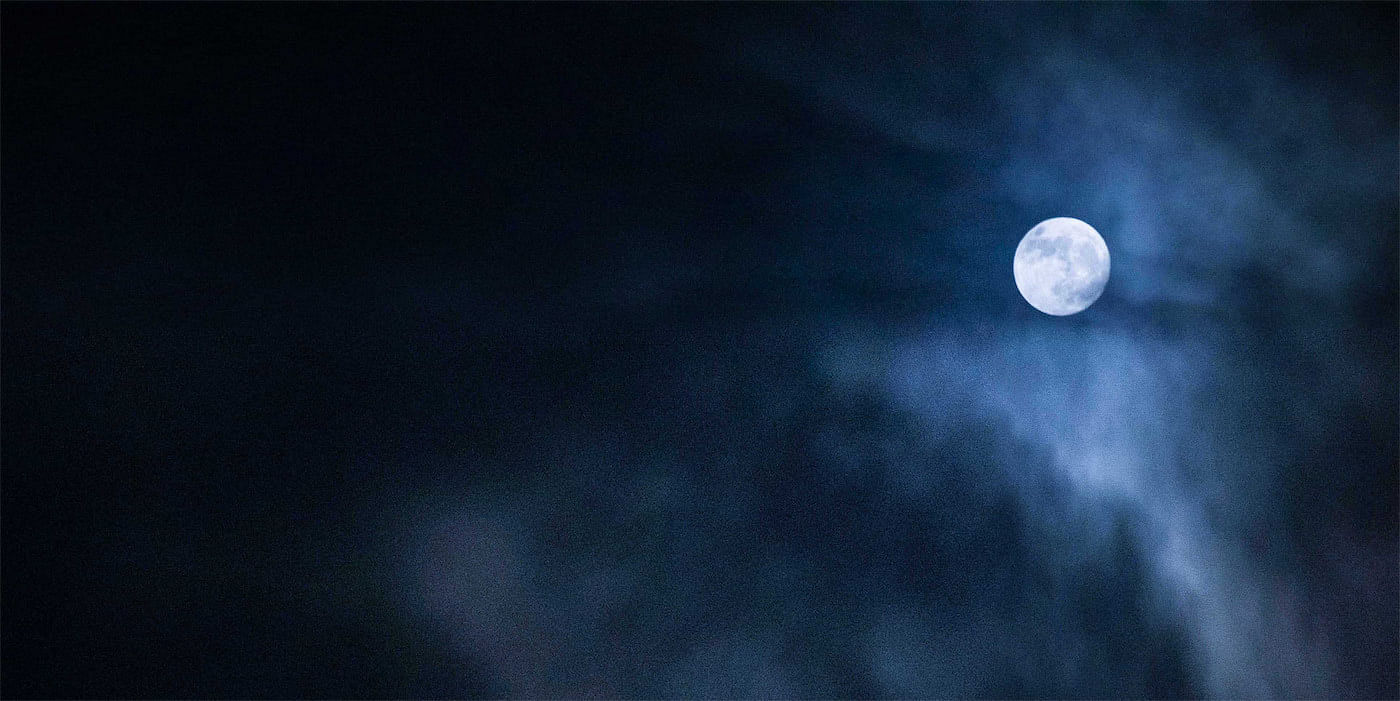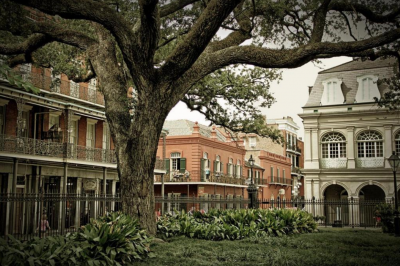
French Quarter History / Voodoo Tour
Ghost Tours: How to Discover the Rich History of New Orleans

Paranormal tourism has exploded in recent years, growing into an industry worth $100 million worldwide. In New Orleans, there are many places that present themselves as haunted. Hotels even share ghost stories and recruit psychic mediums or ghost hunters to confirm rumors associated with paranormal activity. For the people who are into paranormal tourism, they expect to feel a sense of enchantment and want to expand their understanding of reality.
With the rising interest in paranormal and true crime narratives, more and more people are looking into local histories. As such, there is an ongoing effort to preserve history – not just in New Orleans but across the entire country. In fact, the amount of historians and archivists are expected to grow from 13% to 15% between 2016 and 2026, reflecting how important it is to maintain historical records and artifacts so that tangible evidence about past events remains available to the public. Many ghost tours likewise work hand-in-hand with historians to preserve these historical sites, with some haunted lodgings relying on this information to add another layer to why they should be maintained. If you’re interested in uncovering the shadowy past of New Orleans then here are some historical details you should know about:
Colonial New Orleans
New Orleans first began as a French-designed colony on the banks of the Mississippi River in 1721. The iconic street designs are still present in the local French Quarter. However, many of the original buildings were destroyed during two big fires. The city was rebuilt during the Spanish colonial period (1763-1803), featuring new architectural designs that can be seen in buildings at the forefront of today’s Jackson Square. One building that captures Colonial New Orleans is the Andrew Jackson Hotel. Located at the heart of the French Quarter, the grounds of the hotel have witnessed its fair share of history and tragedy. In 1792, the land was used as an orphanage for boys who had lost their parents to Yellow Fever, before the building burned down in the great fires in 1794, with five boys inside. The events have led to rumors that the children still haunt the hallways of the Andrew Jackson Hotel.
Antebellum New Orleans
In 1840, New Orleans became the third-largest city in the country, with a population of 58% white and 23% enslaved African Americans. The city became a key port in the trade of goods, and many Americans prospered financially as a result. Despite these economic advancements, the mid-1800s were not free from terror. Flooding and hurricanes posed a constant threat, and the city even suffered from disastrous dengue, malaria, and cholera epidemics.
Moreover, cruel enslavers were a part of Antebellum New Orleans society. The LaLaurie Mansion, located at 1114 Royal Street, is the infamous home of the LaLaurie family. Delphine LaLaurie often mistreated her slaves and allegedly played a part in the death of a 12-year-old girl. Eventually, a fire was intentionally set in the mansion. It was only after the fire was put out that onlookers got to see the horrible things that happened in LaLaurie’s attic. Dead slaves remained chained to the attic walls. It’s from this tragic history that tales of the mansion continue to haunt people today.
The Dawn of Jazz and Beyond
It was in the early 1900s that jazz emerged as a cultural collaboration between multiple ethnicities and racial groups living in New Orleans – French, Spanish, African, and German, to name a few. The city continued to industrialize and new technologies such as levees and drainage canals allowed for greater city growth. In the mid-1900s, the Civil Rights movement also saw people of color asserting their rights for equal opportunities, and organizations like the TEP Center continue to educate the city. One of the many places New Orleans jazz musicians used to frequent is the Hotel Monteleone, which also houses the only revolving bar in the city. Legend has it that spirits reside within, be it former patrons of the Carousel Bar or even ghostly children playing in the hotel rooms.
Here in New Orleans, our guided walking tours will take you to a number of historical (and potentially haunted) places which may catch your interest. These ghost tours can provide an enjoyable experience, as you look into the rich history and city culture woven into local ghost stories.
Written by Kathryn Micah


